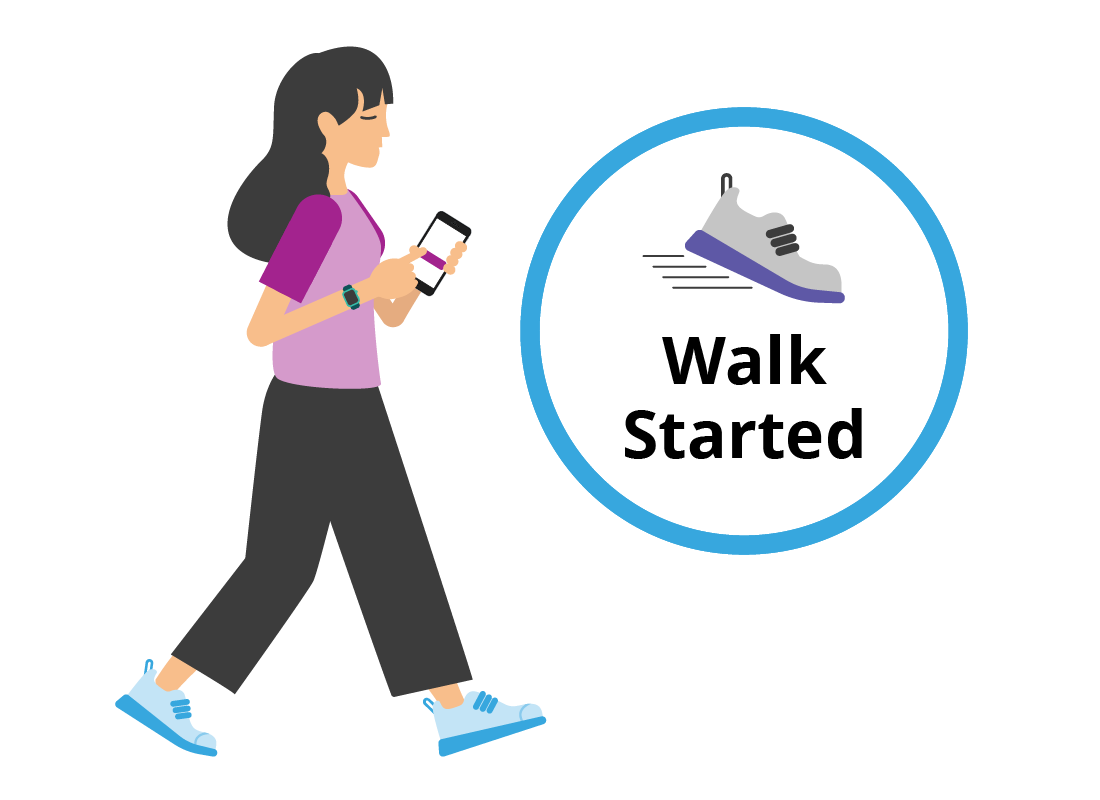All about smartwatches
All about smartwatches
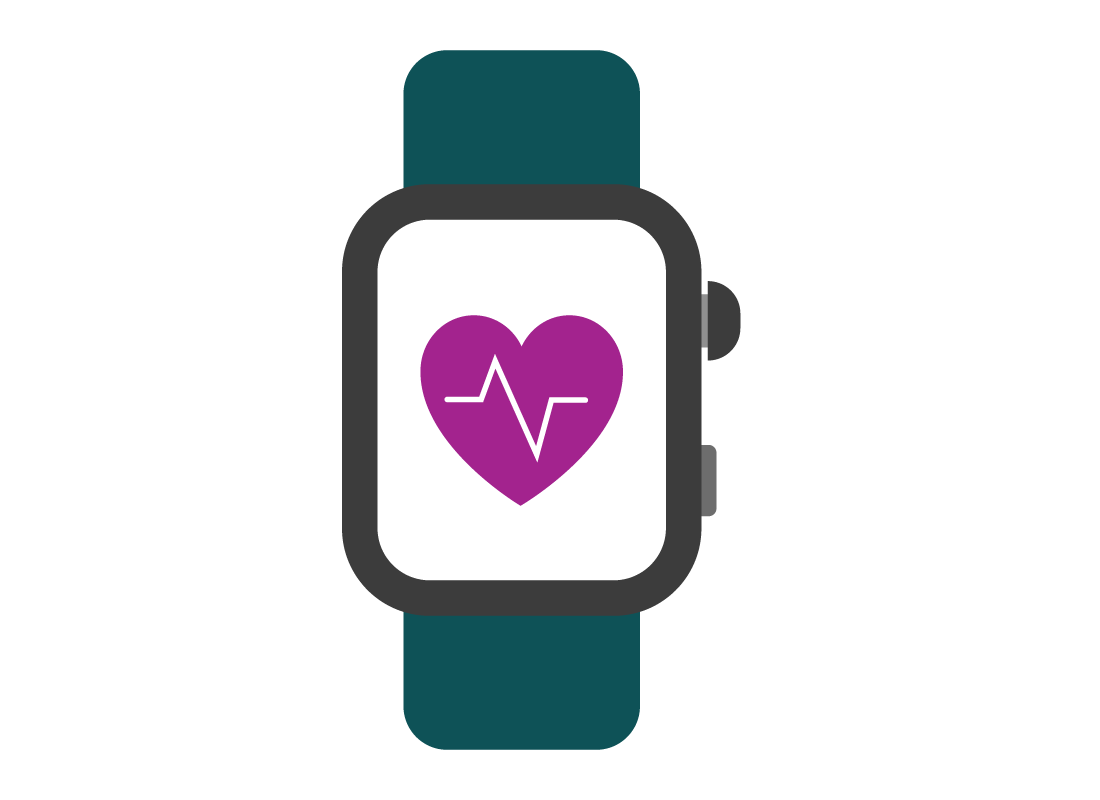
What's coming up?
In this activity you will learn about smartwatches (sometimes called fitness watches), what kind of data they gather, and how they can make monitoring your health more accurate and convenient.
Start activityWhat is a smart watch?
A smartwatch or fitness watch is really a small computer the same shape as a traditional wristwatch. Some common smartwatch features include:
- GPS for tracking location
- Accelerometer for speed and other movement
- Heart rate monitor
- Blood oxygen level sensor
- Barometer for altitude
- A touch display.
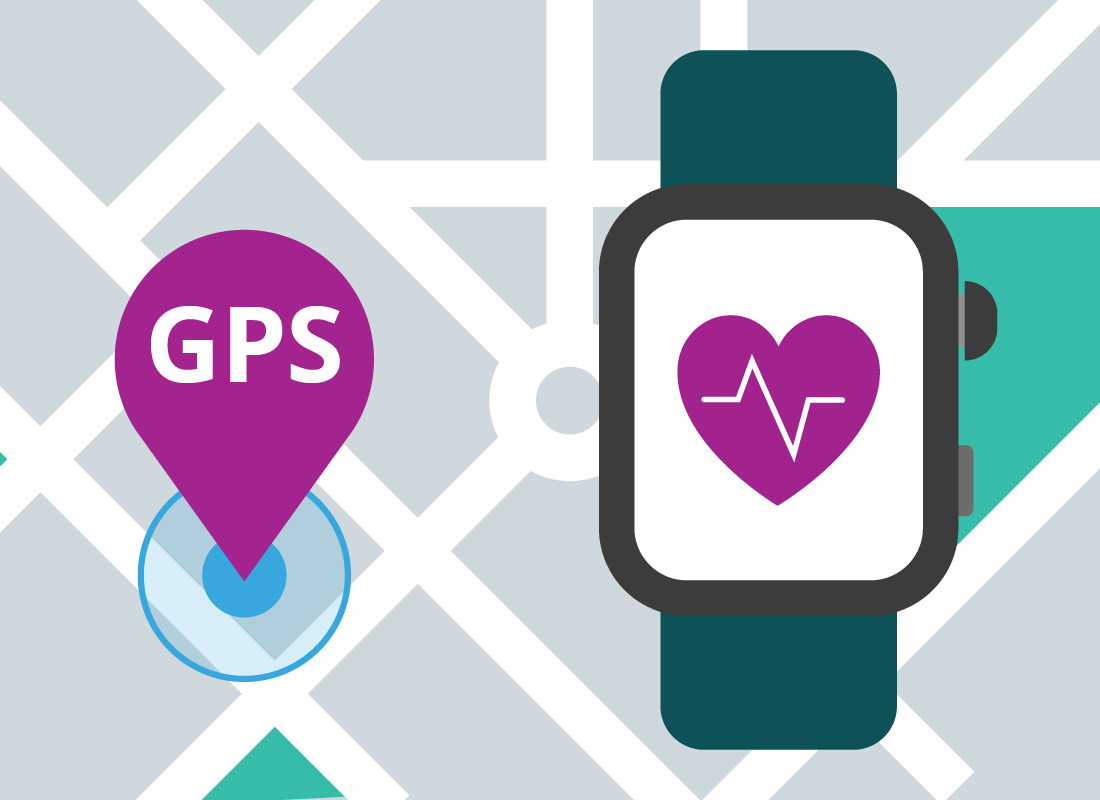
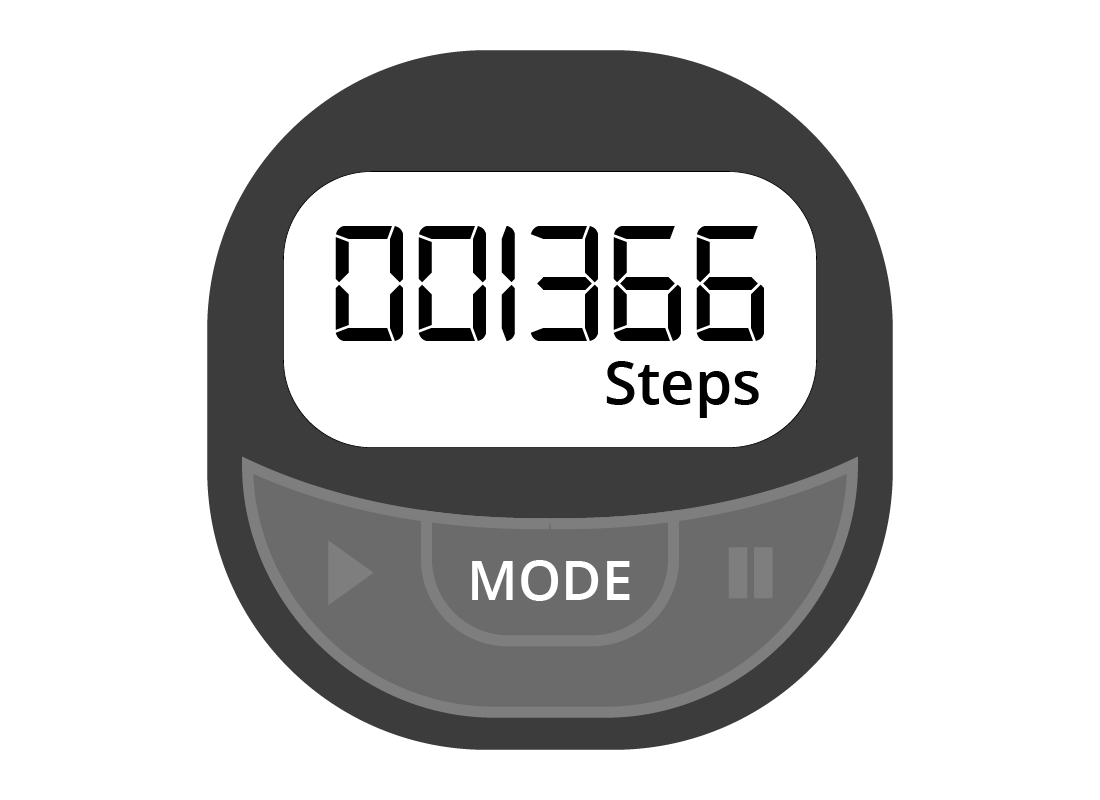
Other kinds of health gadgets
There are other kinds of health trackers and monitors which offer only some of the features of a smartwatch. For example, a pedometer simply counts your steps and shows the number on a small screen.
These devices are much cheaper than a smartwatch, but usually don’t connect to your smartphone for convenient logging of your activity.
The main benefits of a smartwatch
The most useful feature of a smartwatch is its range of extra sensors, and a bright and clear display with touch controls. Also, because you wear the watch on your wrist, it can monitor accurately and constantly throughout your day.
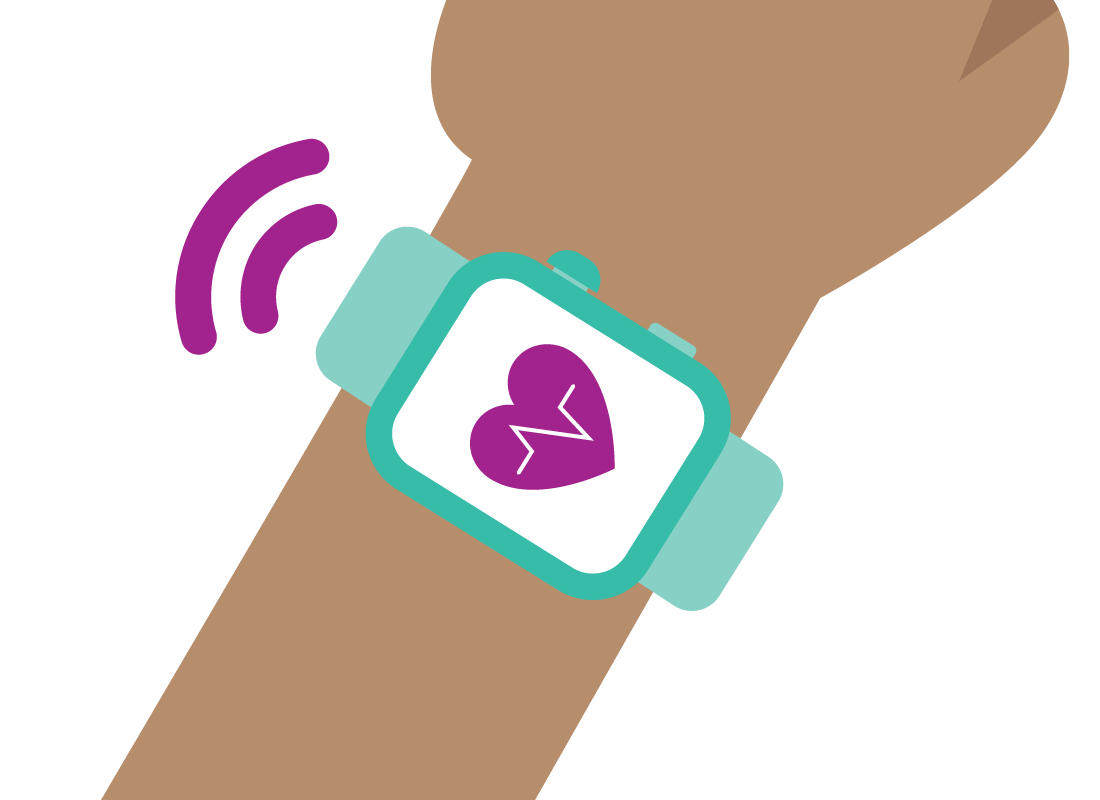

Some smartwatches have extra features
Some models of smartwatch have additional useful features, such as fall detection and built-in GPS. With GPS, the watch can track the route and distance of, for example, your daily walk, without the need to always carry your phone.
How a smartwatch connects to your smartphone
A smartwatch is designed to connect to your smartphone using a wireless Bluetooth connection, so you can easily read the data comfortably on the phone’s larger screen. You can see live data straight from the watch, or wait until the data is displayed on your phone.
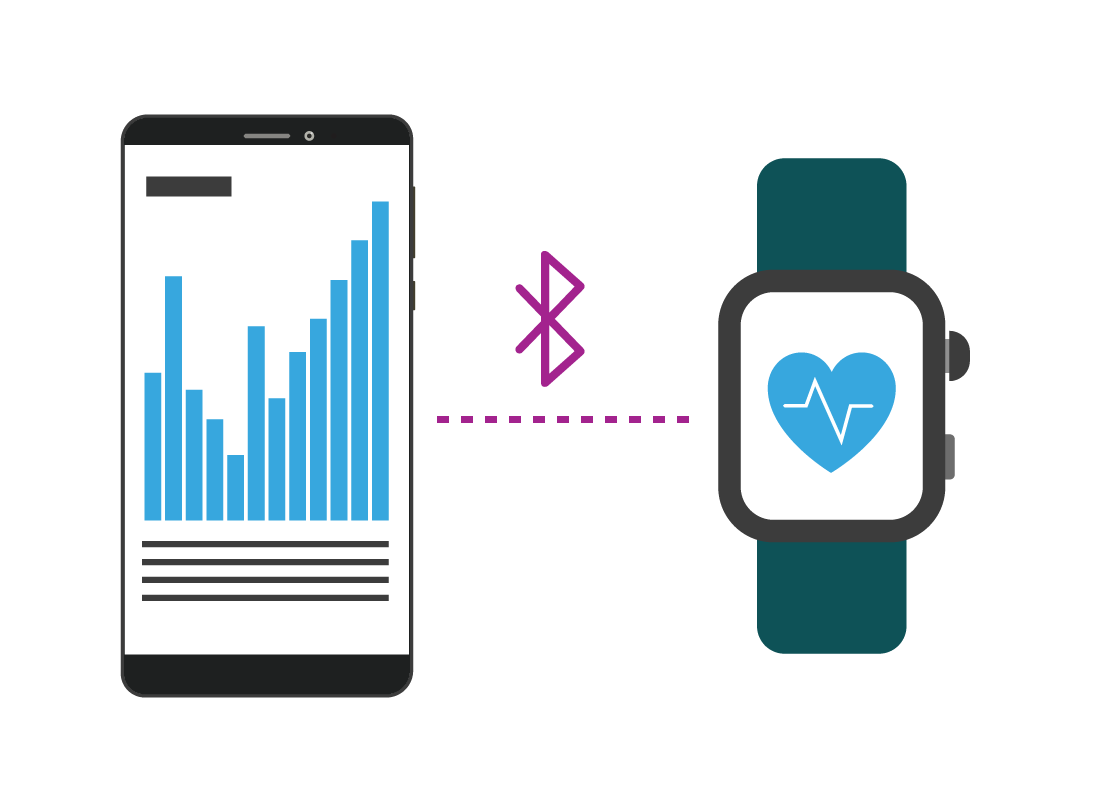

How a smartwatch connects to your smartphone (continued)
Some smartwatches also have a 4G connection so they can share data over the mobile data network, and even make and receive mobile phone calls. To use this, your phone plan needs to support extra devices sharing your data allowance.

eSafety tip
A 4G-enabled smartwatch can be useful for emergencies, since you can call emergency services from the watch (many models will do this automatically if they detect a fall) and share your location with ambulance and police. You’ll need to ask your phone provider if you can use a 4G smartwatch with your current mobile plan.
What you can see on a smartwatch display
A smartwatch includes a display, usually with touch controls. The watch will show the time, and can also show details of your current activity, your heart rate, how many steps you’ve taken today, and (if your watch has GPS) your current route on a small map.


eSafety tip
Using a smartwatch with a health app should not be a substitute for a check-up with a medical professional. Depending on the brand of watch, some data might not be accurate, and you should never take an app’s advice over your doctor’s.
Downsides to a smartwatch
A smartwatch can be expensive, with most full-featured models starting at about $400-$500. However, there are fitness-focused watches that don’t have 4G or support for non-health apps, and these can start from about $200.
The other downside is that many smartwatches need to be charged daily, or every second day, which can be inconvenient.

Well done!
This is the end of the All about smartwatches activity. You’ve learned what a smartwatch is and how it works to help monitor your health.
Up next, you can find out more about the data your phone, watch, and health app collects, in the Understanding your health profile activity.
